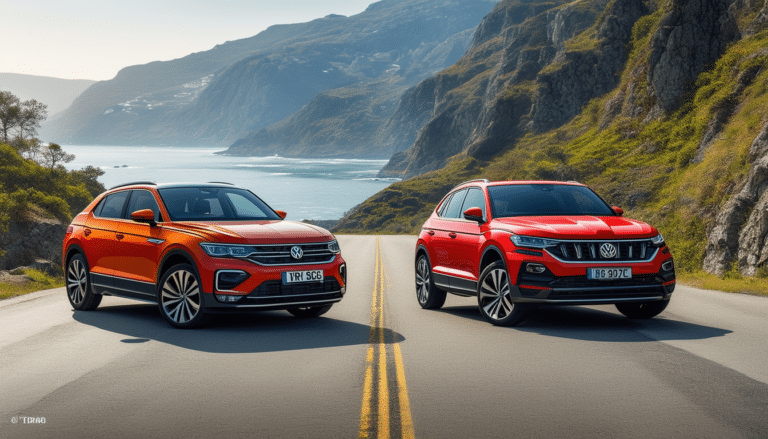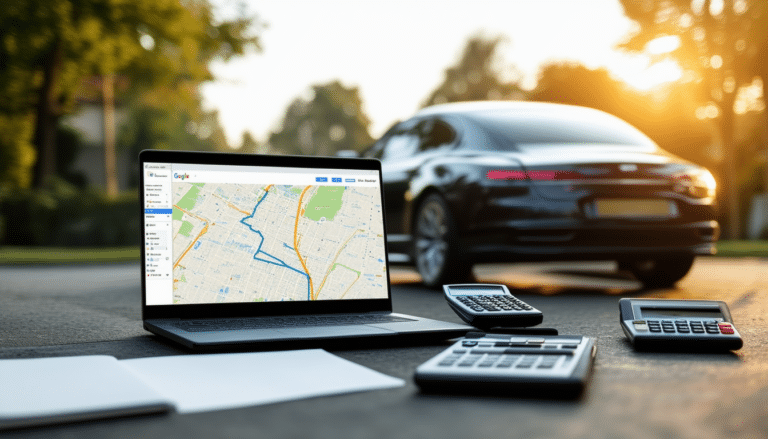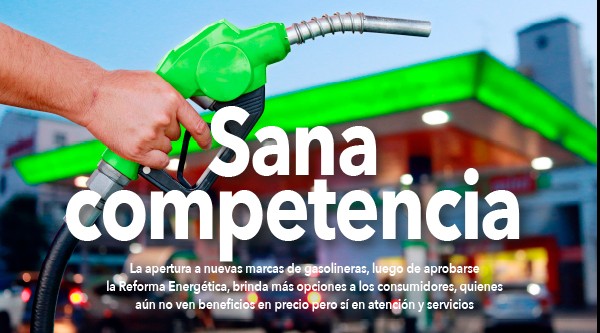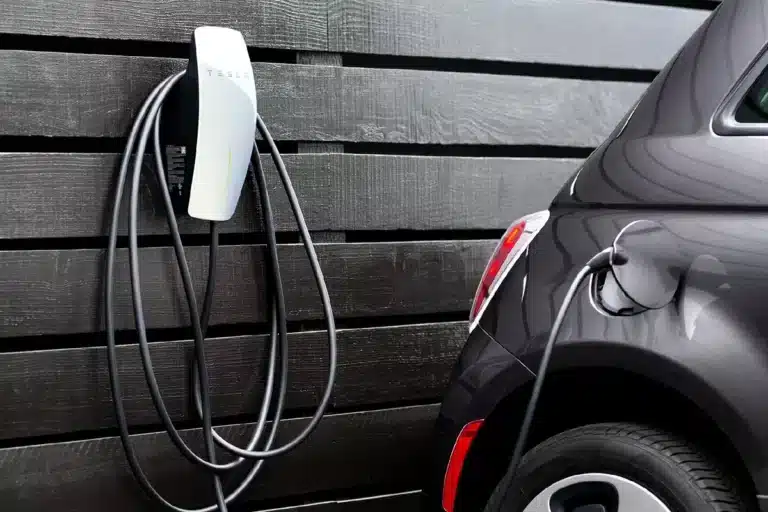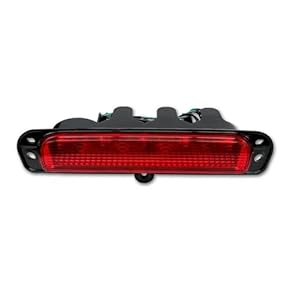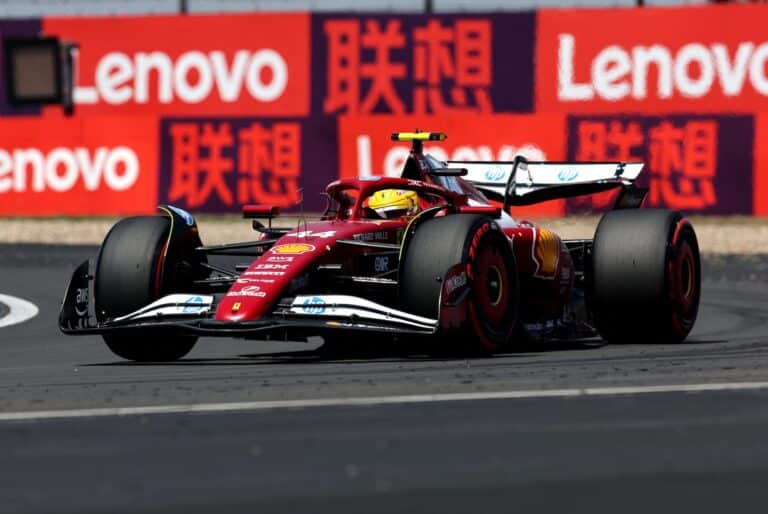Dacia displaces the diesel engine from the ring
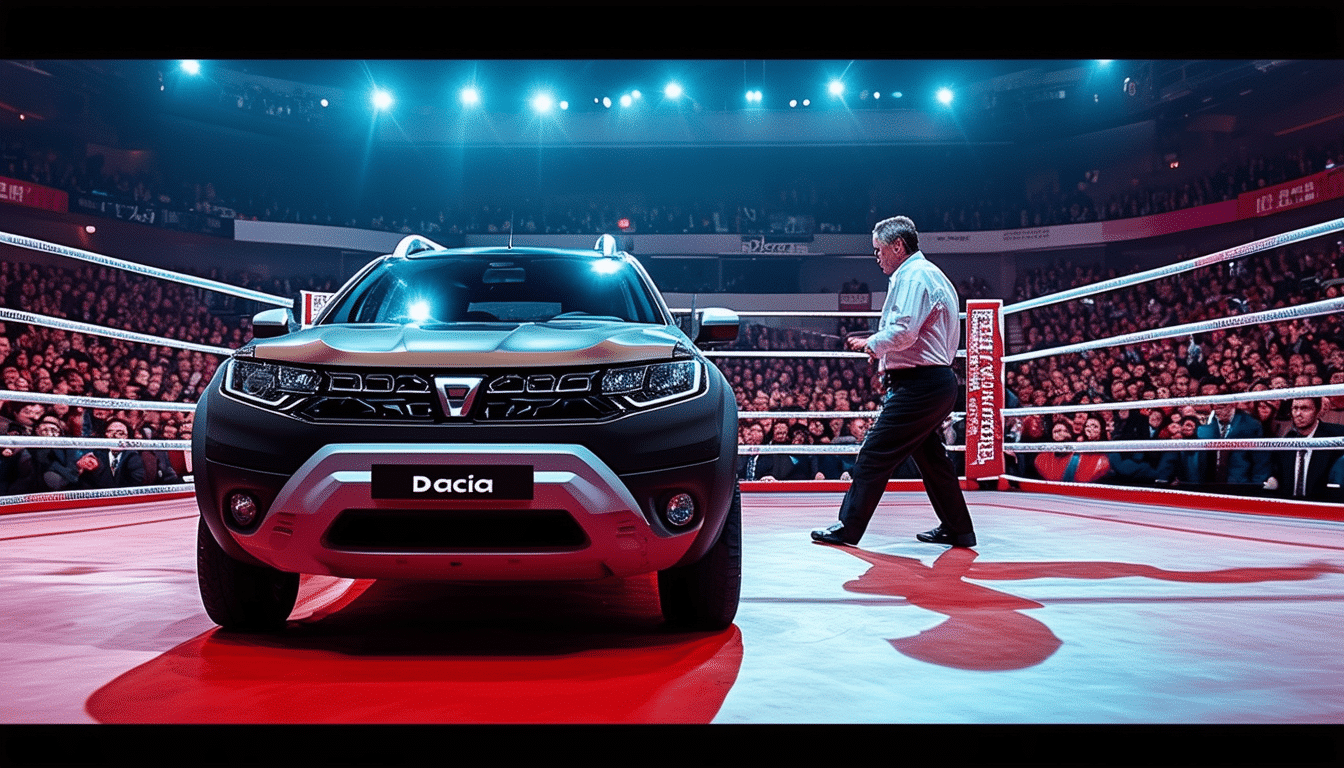
In the dynamic world of automotive, Dacia has decided to take a bold step by moving away from the diesel engine, favoring the implementation of more sustainable technologies. This change is part of a global trend towards reducing emissions, making Dacia one of the pioneering brands in this movement. With new models like the Bigster adopting hybrid and LPG engines, the company positions itself at the forefront of eco-friendly developments, opening a new chapter for its vehicles and customers.
The automotive industry is in constant evolution, and Dacia has decided to take a decisive step by leaving behind the diesel engine. With the implementation of new hybrid technologies and more efficient engines, the brand seeks not only to reduce harmful emissions but also to offer more sustainable vehicles. This significant change reflects a growing trend in the automotive sector where alternatives to diesel are gaining ground.
The end of an era: Dacia bids farewell to diesel
With a bold move, Dacia distances itself from diesel engines, a decision many deem inevitable in the current context of sustainability. Starting in 2025, the company plans to limit the production of these engines, focusing on cleaner and more modern alternatives. This change is part of a broader strategy by Renault and Dacia aimed at reducing the carbon footprint of their vehicles.
The technological revolution of the Dacia Bigster
The new Dacia Bigster model marks a milestone in this evolution. Equipped with an innovative hybrid engine, the Bigster combines LPG with an MHEV system. This not only improves fuel efficiency but also reduces emissions. The 48V system that shuts off the engine on steep declines demonstrates the brand’s commitment to more sustainable smart technologies.
The Bigster promises a significant range, with its LPG engine capable of reaching up to 1,450 km. This advancement positions the Bigster as a strong competitor against traditional models still using diesel engines. More information about this revolutionary change is available here.
Greener alternatives: Dacia Hybrid Jogger
The Dacia Jogger model also follows this trend, offering hybrid variants with significant advantages in terms of fuel consumption and emissions. The 2023 Hybrid Jogger is designed with advanced features, including ample interior space and comfort options. More information about these features and its engine options can be found here.
Renault and Dacia: leaders in the transition to sustainable engines
Renault, together with Dacia, has made the firm decision to lead the transition to more sustainable engines. This change represents not only a technical challenge but also a strategic opportunity to stand out in the automotive market, where environmental concerns are at the forefront of consumer decisions.
A glance at the competition and the future of the market
The urban vehicle market is also undergoing transformation, with models like the Kia Picanto 2024 and the Fiat 500 emerging in a new segment. These changes indicate a new era approaching in the automotive market. More details about this comparison are available here.
With a clear focus on a greener future, Dacia and Renault are reshaping the automotive game, leaving the diesel engine in the past to prioritize hybrid and electric technologies that meet sustainability and efficiency expectations.
The evolution of Dacia towards a more efficient future
In today’s automotive world, trends are clearly aligned towards sustainability and efficiency. Many brands are opting to leave behind the traditional diesel engine, and Dacia is no exception. This change comes at a crucial moment where environmental awareness and emissions regulations have become an undeniable priority. By moving away from the diesel engine, Dacia emphasizes its commitment to a cleaner and more efficient future, aligning with global expectations.
Despite the popularity and reliability of diesel engines, the brand is investing in cleaner and more advanced alternatives. The incorporation of the MHEV system and the LPG engine are clear manifestations of this transition. This shift not only addresses environmental concerns but also ensures that Dacia remains competitive in a rapidly changing market. Today’s consumers are not only looking for affordable and robust vehicles, but also those that offer innovative technologies and a lower carbon footprint.
With the launch of models like the Bigster, equipped with a revolutionary hybrid engine, Dacia demonstrates its capacity to adapt and lead the way with its new proposals. These vehicles are not just products of the present; they represent the brand’s vision for the future of transportation. By deciding to eliminate diesel engines, Dacia opens the door to a range of technological possibilities that could redefine efficiency in the automotive sector.
Ultimately, Dacia is sending a clear message: change is inevitable and embracing evolution is crucial for success. The decision to abandon diesel is not only a strategy that responds to global trends but also a bet on smarter and more sustainable mobility. This transition, though challenging, marks a new chapter where innovation and environmental responsibility come together to create more conscious mobility.

